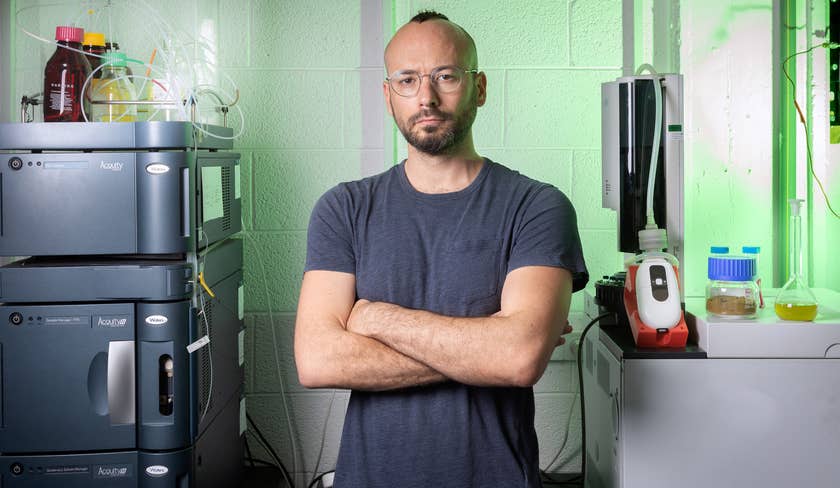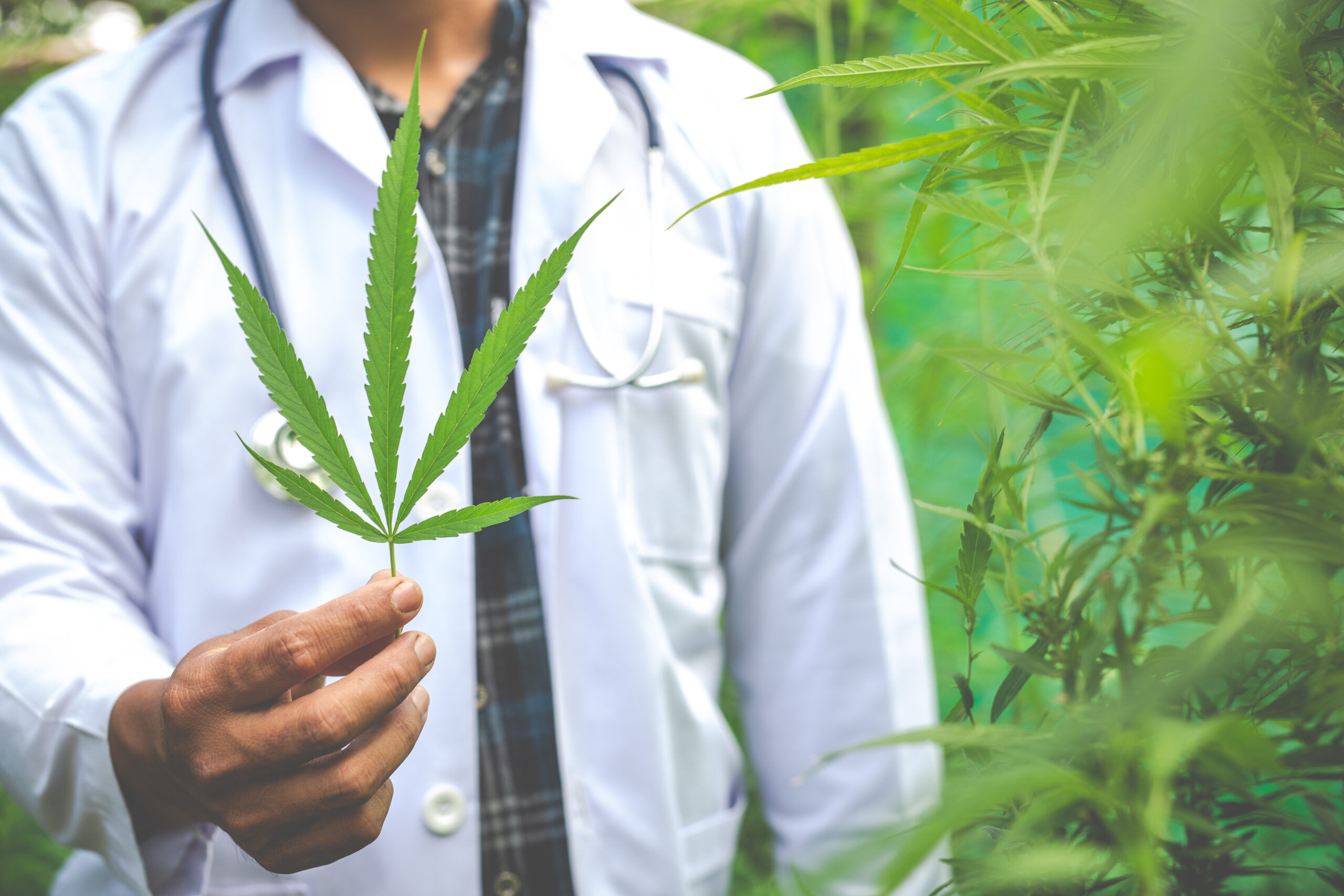With the increase in medical cannabis use in Israel, the doses consumed by patients also increased. However, a clinical trial conducted by Syqe® Medical, the Israeli developer of the SyqeAir Cannabis Inhaler, among 143 patients, most of whom suffer from chronic pain, showed that a low dose of cannabis was actually more effective in relieving pain and caused far fewer side effects.
More, But (Still) Painful: Many medical cannabis users currently consume a monthly amount almost 100 times greater than the dose of the active ingredient. It does not significantly reduce the pain, yet it does increase the side effects. This is according to a recent clinical trial that dealt with the effectiveness and safety of the treatment with medical cannabis using the SyqeAir Inhaler.
The clinical trial was recently published in the respected pain magazine PAIN Reports.
The research was done by Dr. Joshua (Shuki) Aviram, Syqe® Medical’s Clinical Research Director, Prof. Elon Eisenberg, Dean of the Faculty of Medicine at the Technion, and Dr. Daniella Atzmony, a lawyer specializing in medical patents.
The medical cannabis industry is developing rapidly in Israel, and today there are approximately 115,000 Israeli licensees for medical cannabis. About 80% of them consume it in inflorescence form via smoking or vaping. The SyqeAir Medical Inhaler allows treatment with medical cannabis by inhalation, without smoking damages, and it is approved for use by the Israeli Ministry of Health and Health Canada.
The clinical trial collected data from 143 patients aged 62 on average, 72% of whom use the Inhaler for chronic neuropathic pain, and the rest consume cannabis in other ways. The average daily dose consumed was 1,500 mcg of THC (the active ingredient in cannabis). After 120 days of treatment, the Inhaler patients reported a 22.8% reduction in pain intensity. Patients who suffered from severe pain before starting treatment (level of 8 or more on a 0-10 scale) reported a 28.4% reduction in pain intensity. 92% of patients reported an improvement in quality of life compared to the period before the treatment began.
The study also revealed that the Inhaler patients reported fewer side effects than those reported by patients using the older methods: smoking, vaping, or oil administrated by ingestion. After their dosage was adjusted to them, less than 4% of the Inhaler patients experienced side effects, and an even lower number of patients reported severe psychoactive side effects associated with medical cannabis treatment.
A 10-100 Times Lower Amount of Cannabis Manages to Reduce the Pain
Dr. Joshua (Shuki) Aviram is convinced that a low dose of cannabis is sufficient to relieve pain. “Patients today receive large amounts of cannabis,” he says. “Most patients start with 20 grams, and after three months, increase to 30 grams and even more. I know a patient who consumes 180 grams of cannabis per month. But the increased personal consumption does not necessarily help relieve the pain and is fraught with dangers.
“Cannabis manages to relieve pain to a certain extent. When it is taken in large quantities, not only does it fail to bring relief, but it leads to side effects. There is a fear of cardiac and psychoactive effects. There is also a fear of psychosis and mental illness. These things led us to the invention of the SyqeAir Inhaler, which allows each patient to receive a suitable and metered dose of cannabis.
“The low and precise dose of cannabis delivered by the Inhaler that always remains consistent results in the fact that after adjusting the dosage, patients hardly report any side effects. This is the main advantage. The effects are relatively mild. Severe effects such as paranoia, psychoses, and nightmares do not occur among patients who use the Inhaler because of the low dose, and the pain relief is the same.”
“The research findings,” adds Prof. Eisenberg, “showed that treatment over several months with the SyqeAir Inhaler results in a reduction in pain intensity and an improvement in the quality of life alongside introducing a better safety and side effects profile compared to the other routes of administration: smoking, vaporizers, and oil extract.
“This is the first study in which it is possible to know precisely the amount of THC consumed by the patients. Despite the fact that this amount summed up to a few milligrams – meaning 10-100 times lower than the amount consumed in the other routes of administration – the reduction in pain reported is equivalent to that achieved by consuming 20-40 grams of cannabis per month using the other routes of administration. These results seem promising and warrant continued monitoring.”
Prof. Eisenberg added: “Increasing the dose of cannabis will not necessarily achieve the same effect that can be achieved with a lower dose. Unlike with medication, in which a higher dose guarantees increased effect, we are not convinced that this is the case with cannabis. It may be that small doses can create the same effect, and when you increase the doses, you actually get more side effects and more risks.”
Editorial article published on ynet website on August 1st, 2022, by Ricky Karmi Piasetsky. Link to the article in Hebrew>>








2 Responses
Thanks I have recently been looking for info about this subject for a while and yours is the greatest I have discovered so far However what in regards to the bottom line Are you certain in regards to the supply
Hi and thank you. In the first clinical trial we conducted (see link), a certified laboratory took blood tests following the inhalation of THC. 11 tests were made in limited periods over two hours to test the level of THC in the blood. The doses found corresponded to the inhaled dose, and with their help, the curve of the THC level in the blood was examined.